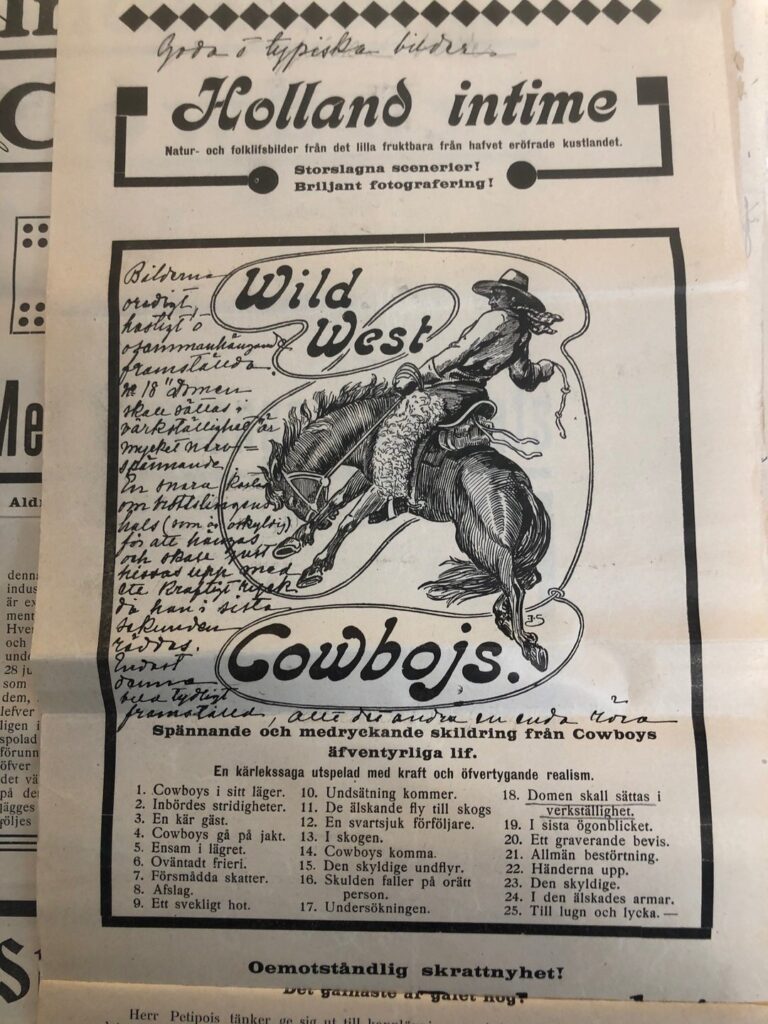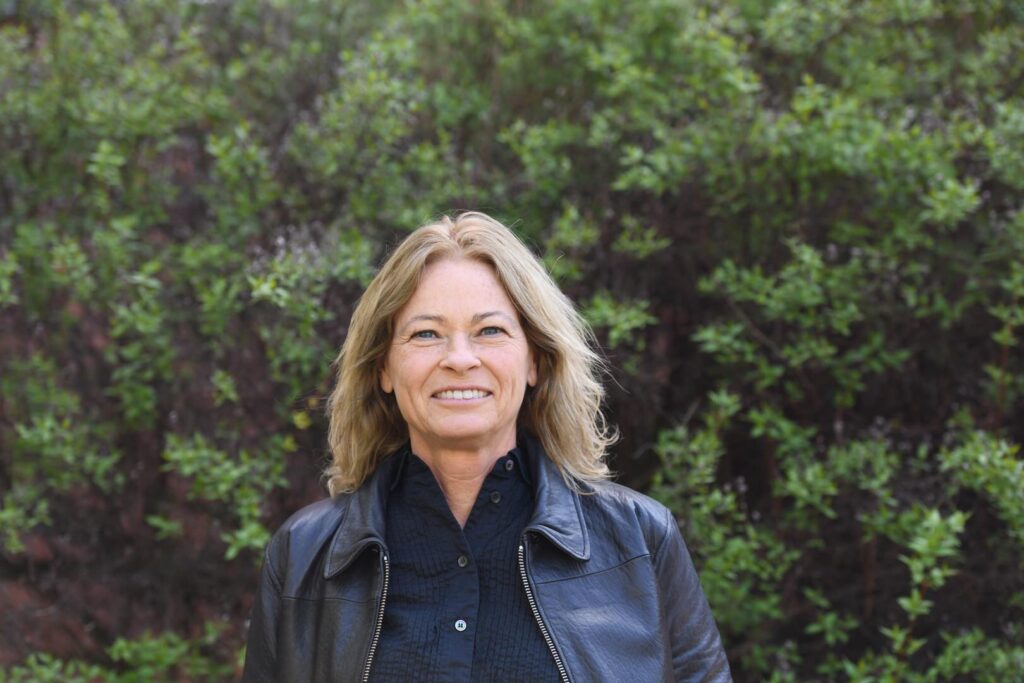< Program < PANEL NO. 4.: The Politics of Distribution and Exhibtion
As the moving picture theaters began to make a mark on the cityscape around 1905, pedagogical groups in Sweden, and especially the elementary school teachers, launched an intensive debate about the role of moving pictures in society. As elsewhere, many considered the moving pictures theaters to be a threat to culture and pernicious to youth. Moving pictures, not least by way of editing, were considered to have a possible detrimental effect on children, and working-class youth as it instructed immoral and criminal behavior. This debate was eventually instrumental in bringing about the establishing of a national censorship body in 1911, the Swedish Board of Film Censors – Statens biografbyrå.
This paper analyzes techniques and standardizations of an “editing” practice established by the three censors of the Board of Film Censors during its first months of activities in 1911. Former pedagogical activists Walter Fevrell, and Marie-Louise Gagner together with Jakob Billström, as a medical and psychological expert, were to inspect and classify all films shown in Swedish theaters. The intervention of a censorship body became central to Swedish film discourse and gave raise to extensive discussions in the Swedish press. The most prominent issue at this time was the alleged need of film control and censorship but also what the censorship editing resulted in as the most spectacular images, the climax of a scene, or even explanatory images without which the narrative could become blurred and diffuse, were removed. Many of the images cut by the censors were close ups or enlargements. To analyze censorship as a craft and as techniques, in comparison with the norms of the film industry, is a challenging way to examine the actual hands-on skill and professionalization developed by censorship performers which highly shaped the audience experience of as well as the understanding of the medium.

Marina Dahlquist (Stockholm University)

Marina Dahlquist is Professor in Cinema Studies at the Department of Media Studies at Stockholm University. Her primary research interests are: historical reception, educational films, issues of globalization, and energy studies. She is editor of Exporting Perilous Pauline: Pearl White and the Serial Film Craze (University of Illinois Press, 2013), and coeditor (with Doron Galili, Jan Olsson, and Valentine Robert) of Corporeality in Early Cinema: Viscera, Skin, and Physical Form (University of Indiana Press, 2018), and (with Joel Frykholm) The Institutionalization of Educational Cinema: North America and Europe in the 1910s and 1920s (University of Indiana Press, 2020).
